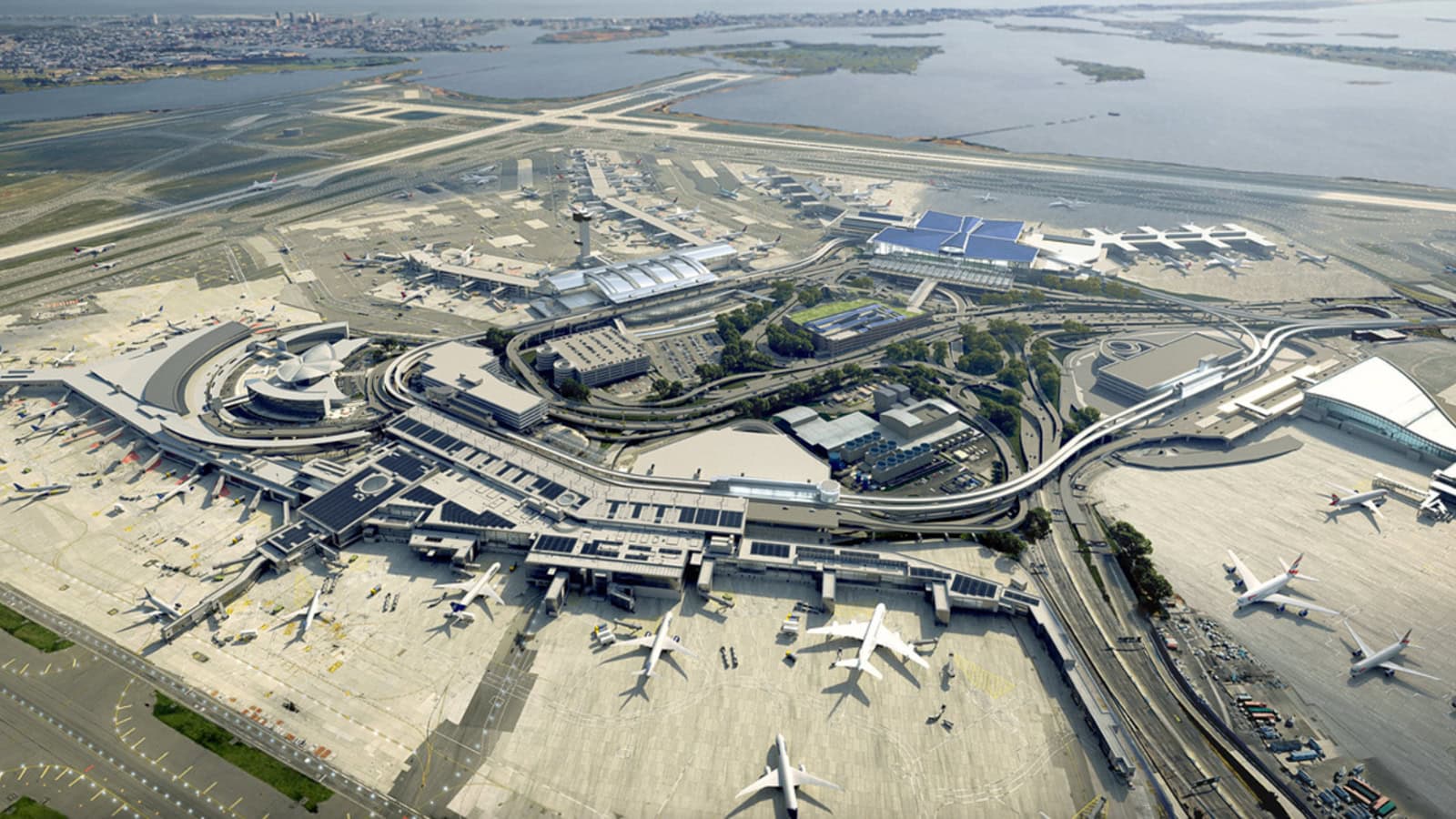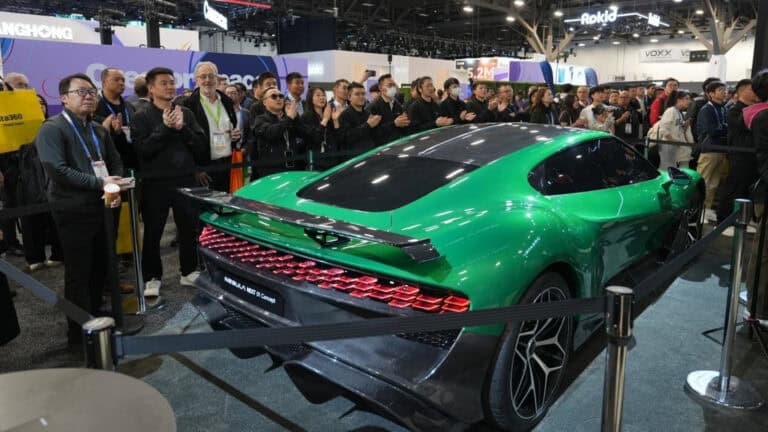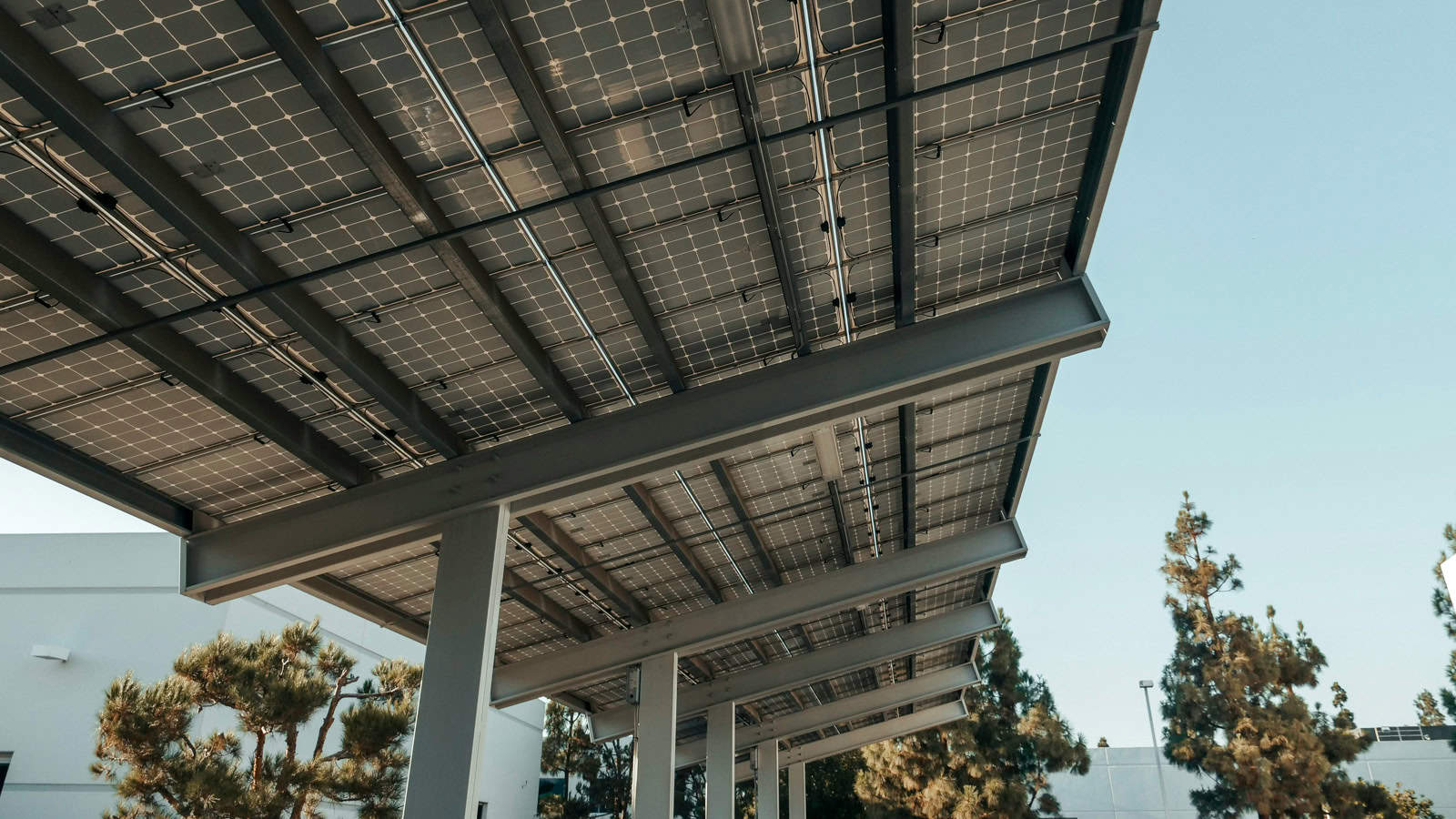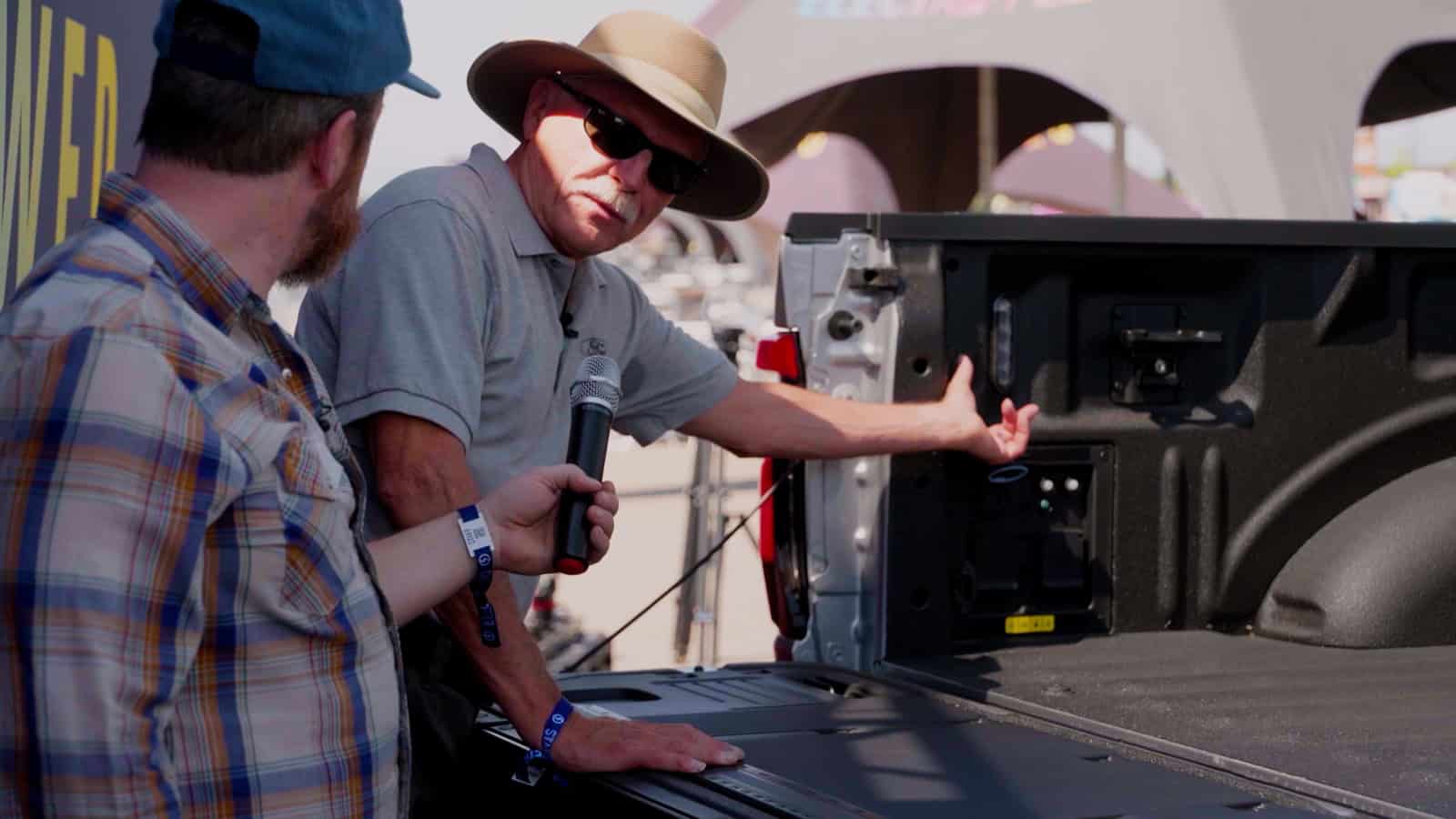- JFK’s New Terminal One will have the largest solar array at any U.S. airport terminal, with over 13,000 solar panels.
- A 12-megawatt microgrid will power half of the terminal’s daily operations, ensuring energy independence and reliability.
- The project aligns with the Port Authority’s goal to reach net-zero emissions by 2050.
The Port Authority of New York and New Jersey, along with the New Terminal One consortium, has officially broken ground on what will soon be New York City’s largest solar array. Covering an area as large as six and a half football fields, this massive setup of over 13,000 solar panels is a clear commitment to sustainability in the aviation industry.
ADVERTISEMENT
Why It Matters
Airports are known for consuming a lot of energy, so seeing JFK take a step towards self-sufficiency is a big deal. This initiative is part of the Port Authority’s $19 billion plan to transform JFK into a modern, world-class airport with two new terminals and a complete infrastructure overhaul.
The solar array will generate 6.63 megawatts of energy, integrated into a 12-megawatt microgrid that combines solar energy, fuel cells, and battery storage. The microgrid can operate independently from the main power grid, ensuring the terminal’s operations continue smoothly even during regional blackouts.
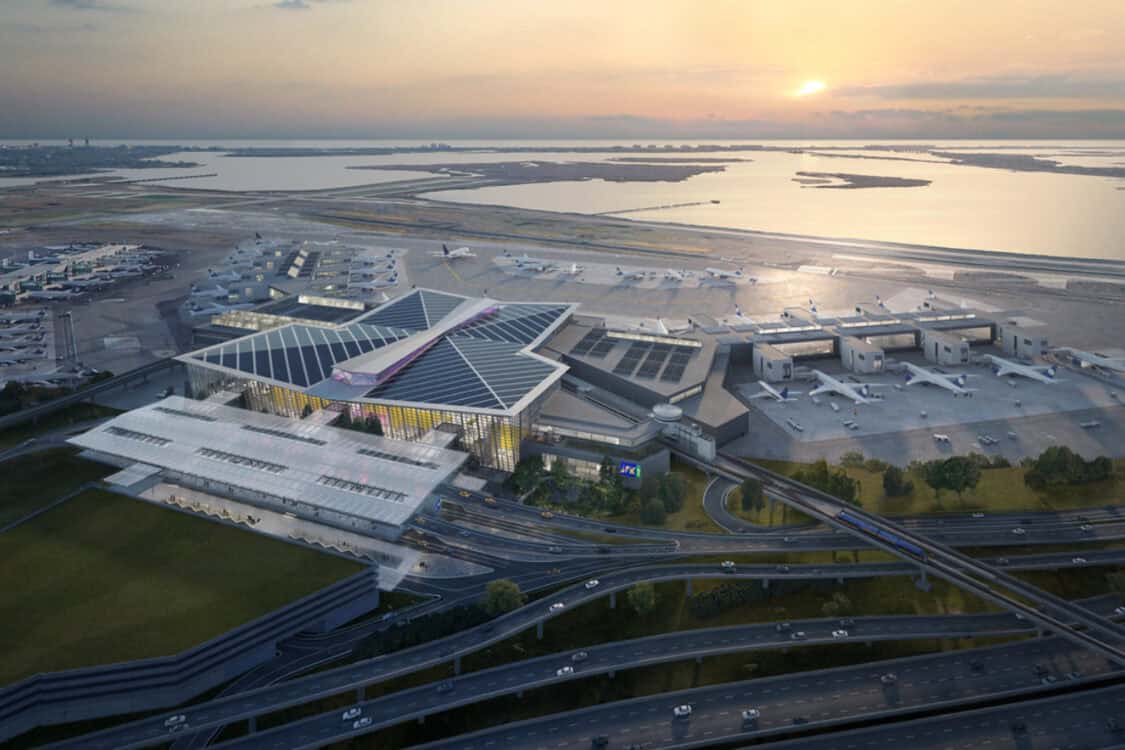
Breaking Down the Solar Array Microgrid
This microgrid is no ordinary power setup. It’s a high-tech, localized energy system made up of four independent “power islands.” Each island operates on its own, using advanced automation to generate and store energy efficiently.
Port Authority Executive Director Rick Cotton said it best, “We have made sustainability a major priority at our facilities, and this massive solar array is a unique and innovative solution that reduces our carbon footprint and continues our march towards net zero.”
In practical terms, this setup means that even if one power island is down for maintenance, the remaining three can keep the terminal operational. This is crucial for an industry that can’t afford interruptions. The system’s ability to power half of the terminal’s everyday operations equates to providing energy for more than 3,500 average U.S. homes.
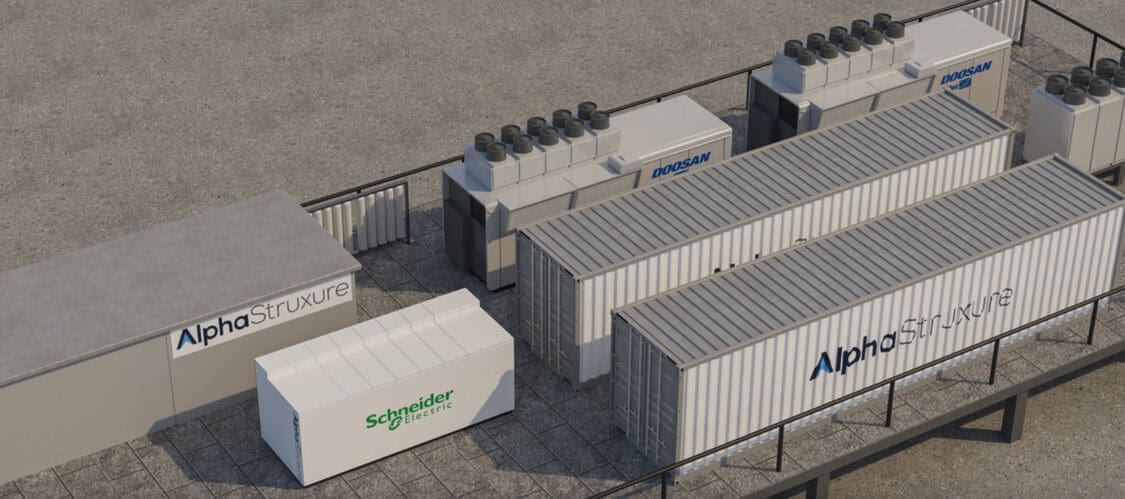
A Win for the Environment—and the Economy
Not only is this project good for the planet, but it’s also a major economic boost. The construction is expected to create nearly 100 local jobs, with the design and build handled by Queens-based E-J Electric Installation Co., keeping the benefits within the community.
The microgrid will use an Energy as a Service (EaaS) model, which offers predictable operating costs and guaranteed performance over the contract’s duration without any upfront investment needed from the Port Authority or New Terminal One. With AlphaStruxure handling construction, operation, and maintenance, the Port Authority can focus on other priorities without taking on financial risk.
ADVERTISEMENT
A Model for Airports Nationwide
The New Terminal One solar array will be the largest at any U.S. airport, providing a valuable case study for both the aviation and solar energy industries. Federal requirements to mitigate glare have been a challenge for large-scale solar installations at airports, but the innovative design at JFK could pave the way for similar projects at other airports nationwide.
“This construction milestone in our redevelopment of John F. Kennedy International Airport represents more than progress at one of our facilities because its success will set an industry example for others,” said Port Authority Chairman Kevin O’Toole.
It’s a big statement, but the numbers support it. The terminal’s energy system will play a key role in helping the Port Authority meet its ambitious goal of net-zero emissions by 2050.



JFK’s 12-Megawatt Solar Array, Powering the Future
Beyond the new terminal, JFK’s transformation includes other green energy projects. A 12-megawatt solar canopy at the airport’s long-term parking lot will provide covered parking for 3,000 vehicles while generating clean energy for peak airport usage. This commitment to sustainability is part of a broader vision that extends across the Port Authority’s facilities, including Newark Liberty International and LaGuardia airports.
Jennifer Aument, CEO of New Terminal One, highlighted the bigger picture: “This resilient and efficient energy solution will simultaneously enable us to decarbonize, drive innovation, and deliver lasting benefits to both our passengers and our community.”
We’re in an ongoing fight against climate change, and it’s refreshing to see a project of this scale and ambition. JFK’s new solar array is a bright spot. This project is more than just a win for the city—it’s a model for the future of aviation.
ADVERTISEMENT

IMAGES: THE NEW TERMINAL ONE AT JFK
FTC: We use income-earning auto affiliate links. Learn more.


